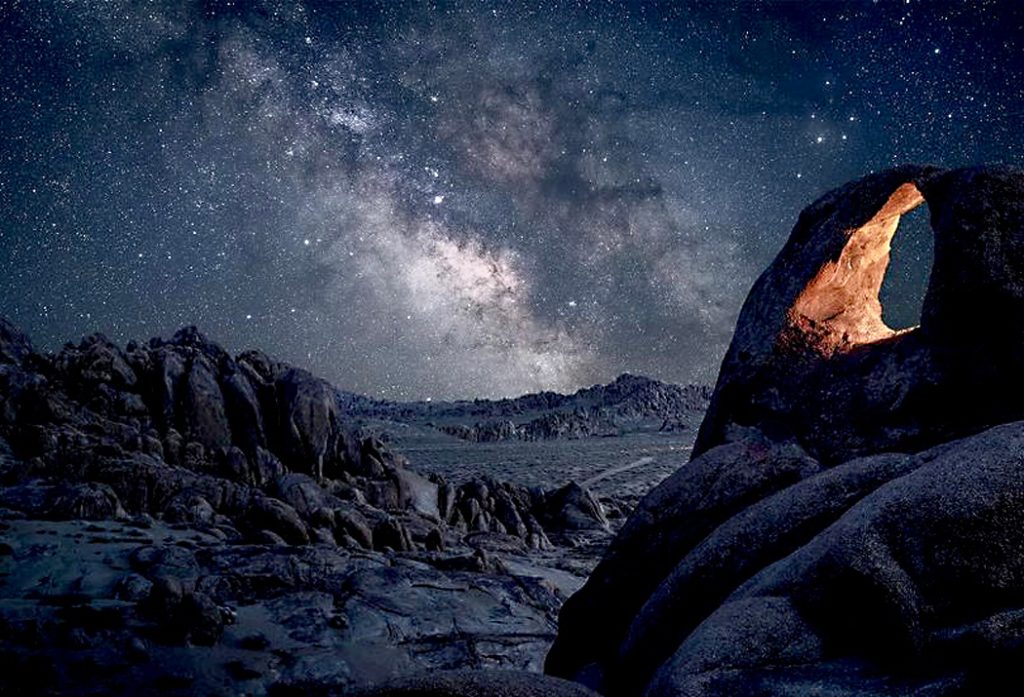
As a kid, on moonless, warm summer nights, I would lie on the porch roof of my grandparents’ Kansas home, entranced by the bright crescent of the Milky Way overhead. In those days, the early 1950s, city lights had not yet taken over the night, and my grandparents’ backyard was very dark. I remember wishing I could fly up into the sky and meet all the beings who, I was sure, also lived in our enormous starry galaxy. (Actually, I still have that wish.)
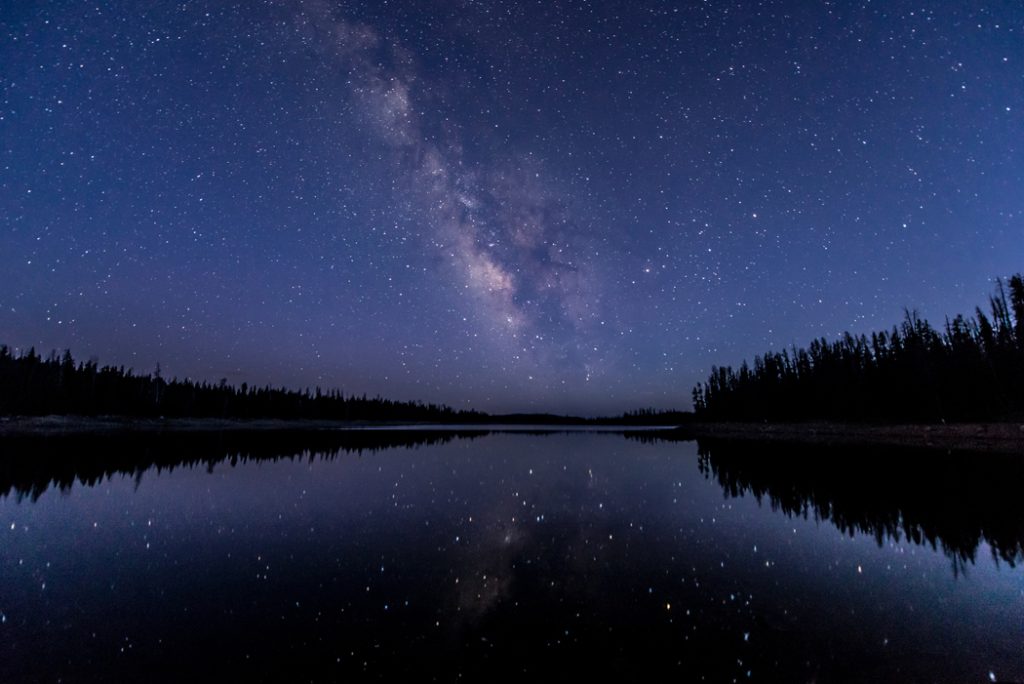
Living in the small, incredibly dynamic town of Fairfield in Southeast Iowa, on the outskirts of town, you can actually still see the Milky Way. But it’s very, very dim. And in town, the stars that shine over the Central Park square aren’t stars at all—they’re the planets Venus and Jupiter, and oh, yes, the Moon.
To so clearly behold our ancient galaxy as it curves across our Fairfield night sky would be a wonderful gift for everyone, but especially for our kids. Enthralled by the vastness of the universe and the glorious starry night, they may grow up to become astronomers, astronauts, scientists, artists, and innovators.
Recent surveys have found that 80 percent of Americans have never seen the Milky Way. Eight out of ten kids will never live where they can see it. To see the night sky and the Milky Way in their full glory these days, you must:
- Stare wistfully at a gorgeous internet photo.
- Drive to some remote mountain range or northern Maine or the Boundary Waters Wilderness in Minnesota, where, apparently, it is a glorious sight. And you’d better hope it’s not cloudy that night after you drove 800 miles and paid a fortune for an Airbnb.
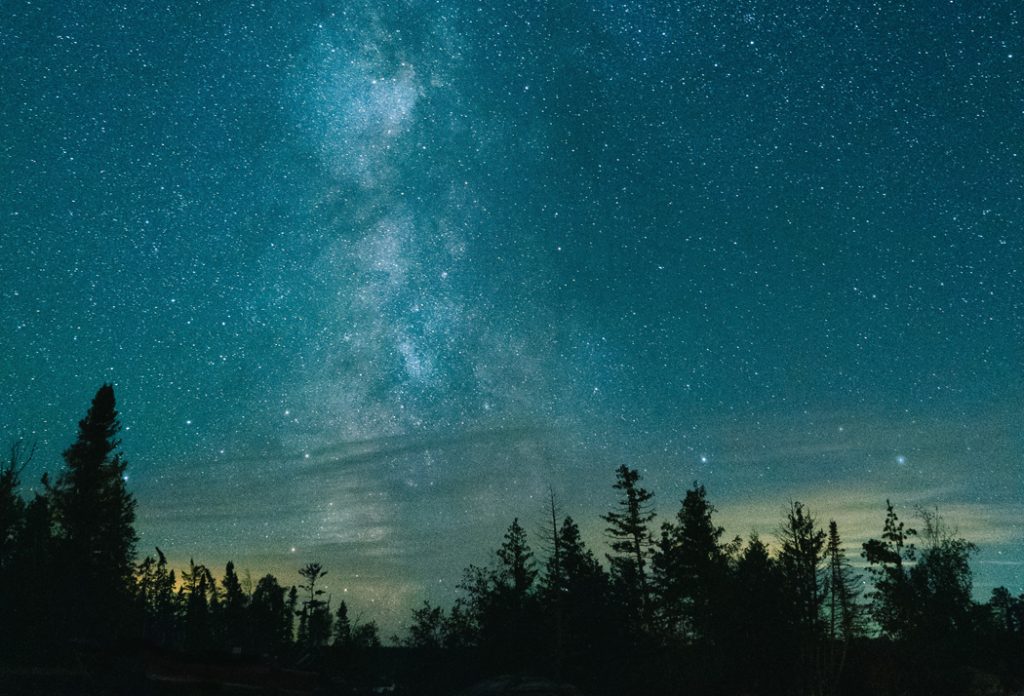
However, there’s no need to travel far away! A group of local starry-eyed folks looking to get our dark sky back have initiated the Dark Sky Fairfield project. Just a few changes to our lights will bring the Milky Way back home to us.
The key is, if we want our dark back with all the benefits it bestows, we must significantly reduce the artificial light shining out and up at night.
Most lights today give off the bright white light at the blue end of the light spectrum, 3000K or higher. The warm lights we need are 2700K, which was actually the brightness of most lights before LEDs, and what you probably grew up with.
These blue-tone white lights can also affect our health. They’ve been shown to imbalance the natural circadian rhythms of the body and affect sleep. This is especially true if your neighbor’s lights or even your own safety lights are lighting up your bedroom. It’s known as “trespass light” and you’ve probably experienced it. Every person we’ve spoken to about our Dark Sky project has a story about lights from neighbors or businesses shining into their home at night and disturbing their sleep.
Many of us have lights on our property for safety concerns. Yet several studies found that bright light did not reduce crime, and despite our fears around darkness, most crime happens in daylight!
Also, have you noticed the “light bubble” in the sky over your town? With even a few clouds, the lights of town centers create a kind of twilight haze, which researchers call skyglow. And which we now accept as our normal night sky!
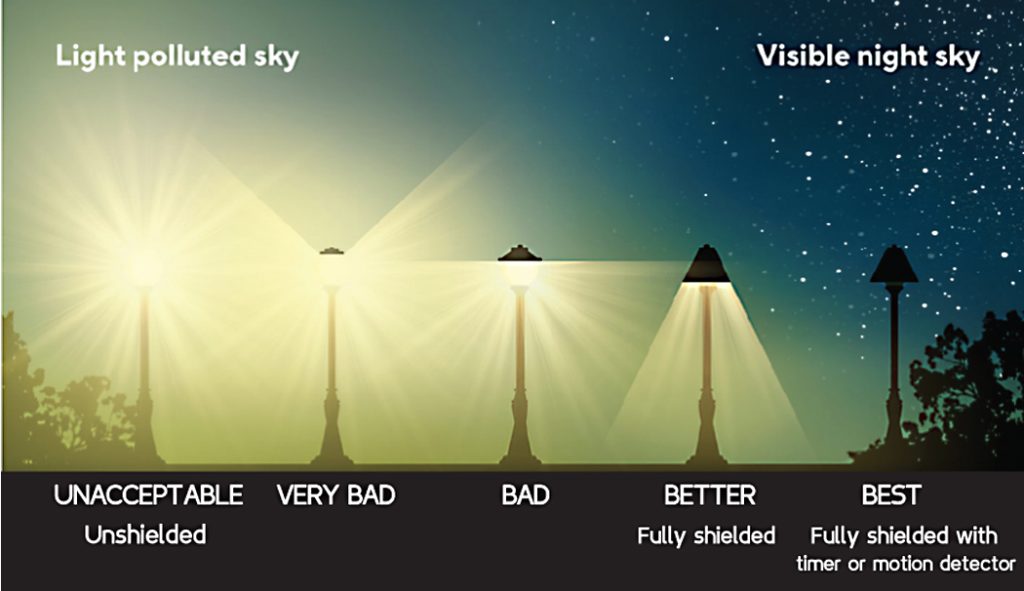
Here in Southeast Iowa, we’re luckier than in the big cities around the world. Our light pollution is less than in large cities and is totally fixable. It requires only a few relatively inexpensive changes. For example, we can add shields on porch and path fixtures to shine the light down, not out. We can add motion detectors so lights don’t need to be on all night. We can switch to using warm-color bulbs, available in local stores and on Amazon, which still provide plenty of light.
This movement is called Dark Sky around the world. The name came about because of the need to reduce upward-shining lights in order to restore the darkness of the night. But it won’t be dark at all on the ground where we move and live—we can keep our safety lights and our streetlights.
Here in Fairfield, our group has begun engaging with the city and the power companies, with businesses, and with our neighbors to tone down the lights and rescue our dark nights. We want to eliminate the trespass light that shines into our homes at night and have a dark, starry sky over our town.
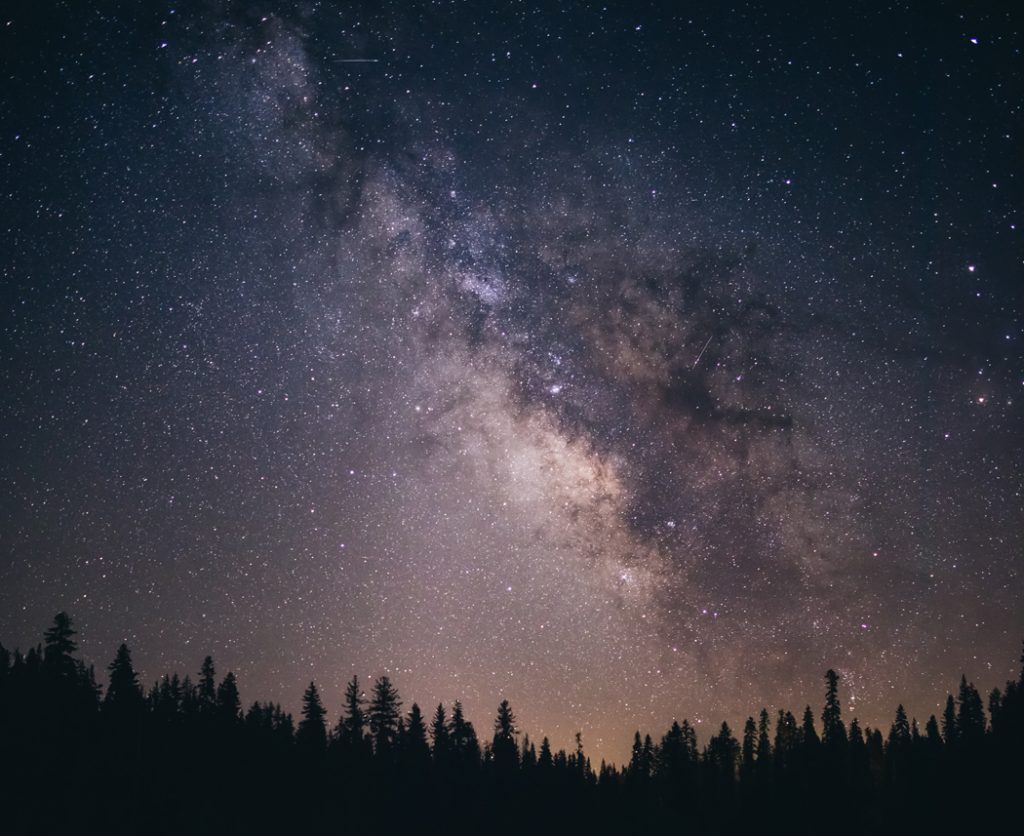
We’ve become advocates of the Dark Sky Association (DarkSky.org) and we’re organizing to create a chapter here—the first in Iowa. We want to hear from you and rejoice with you as we bring back the night sky and the stars.
Contact us, please. And do give us your stories. Let’s look forward to a starlit future.
Email darksky.fairfield@gmail.com for more information.
